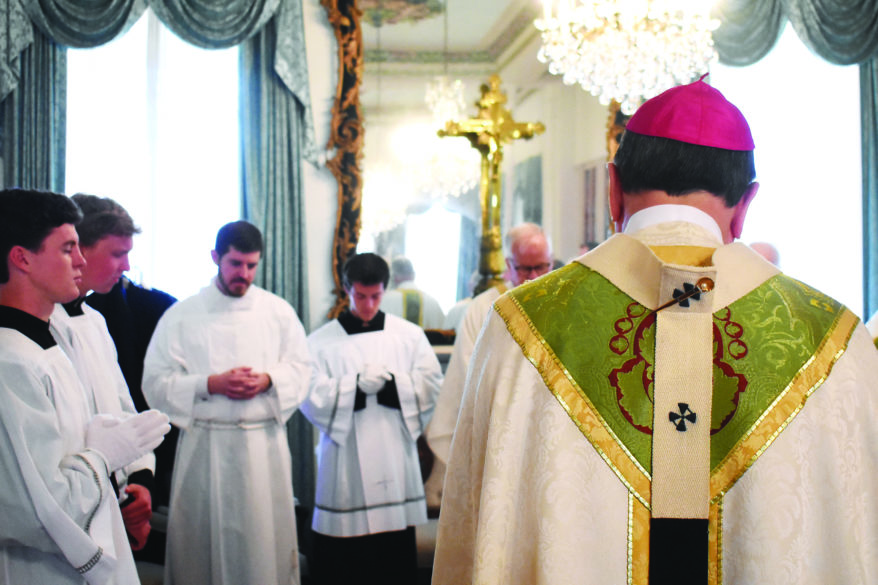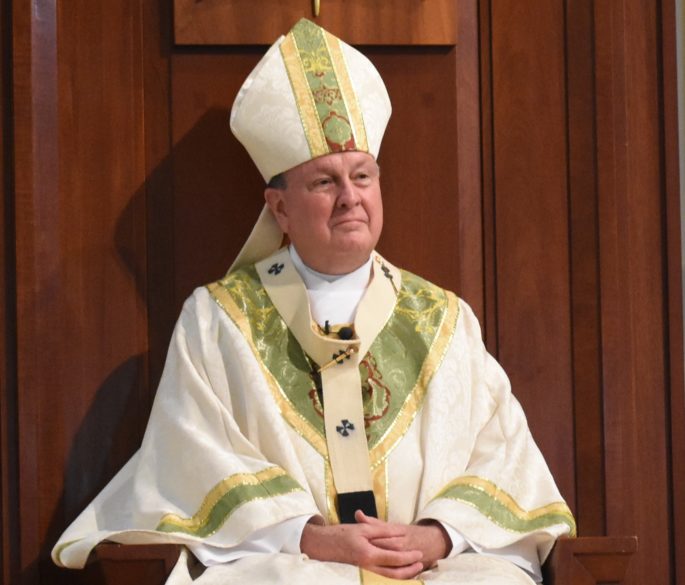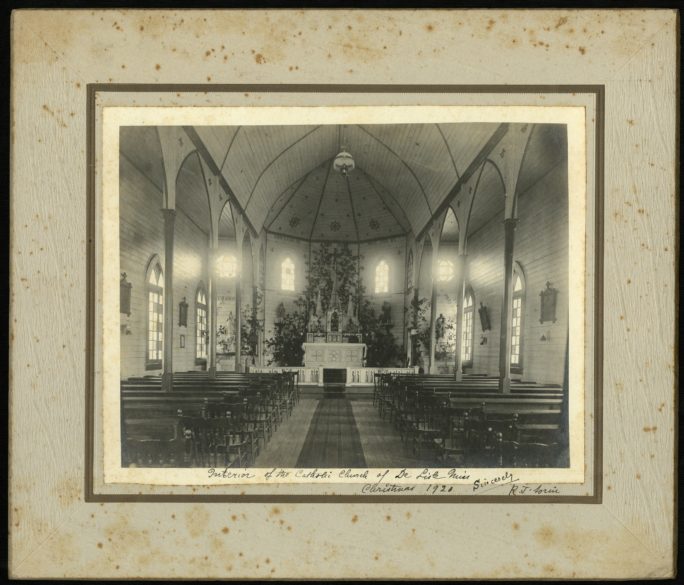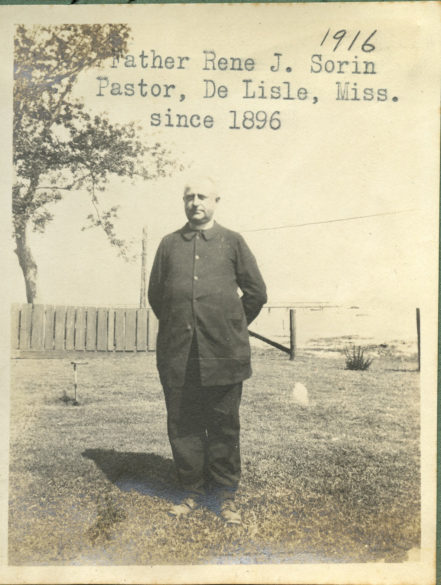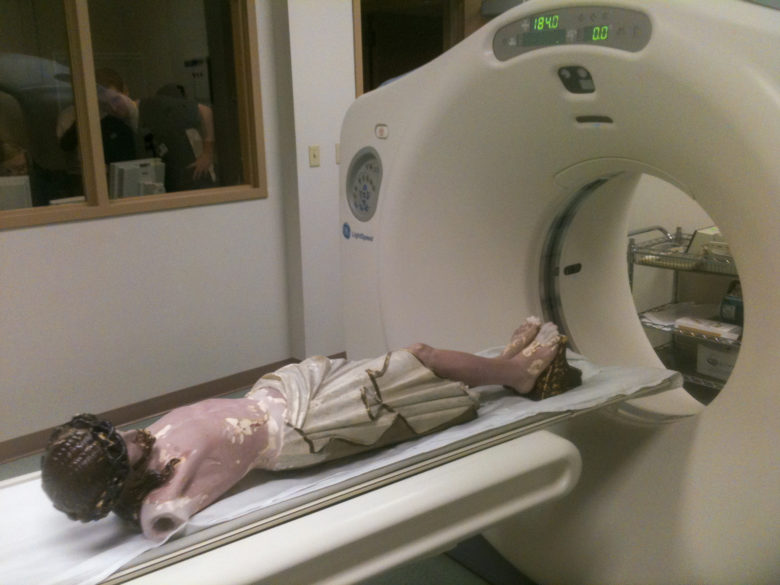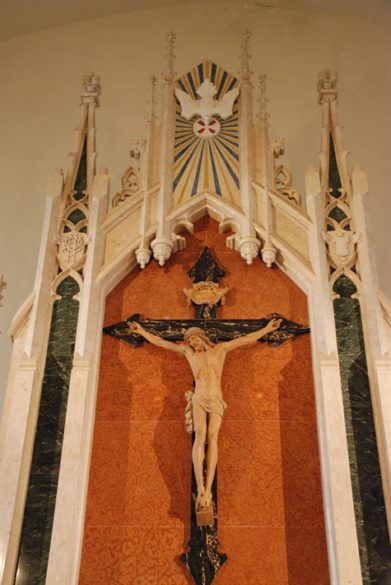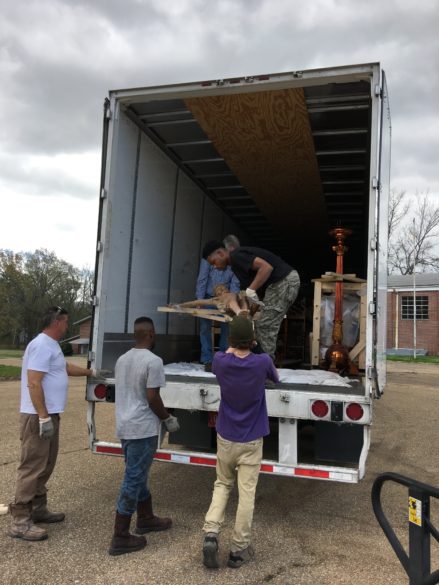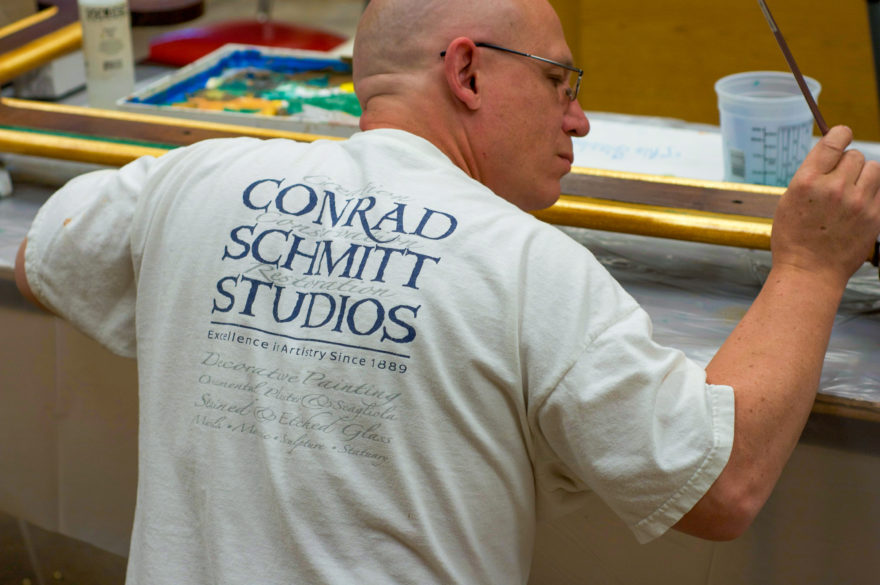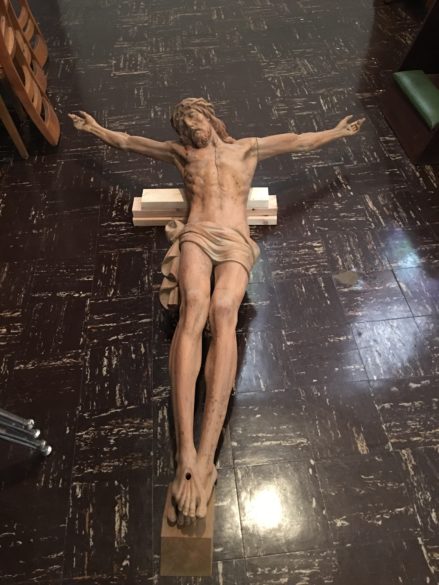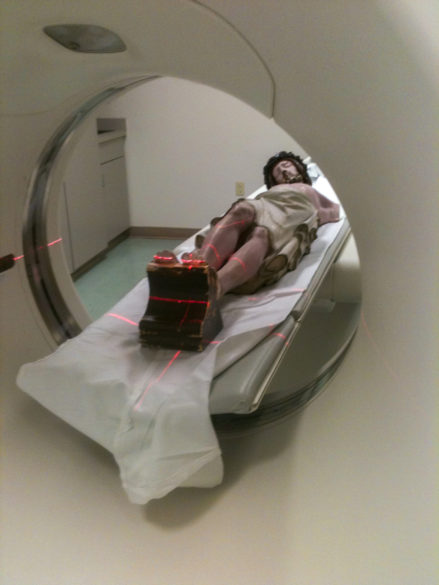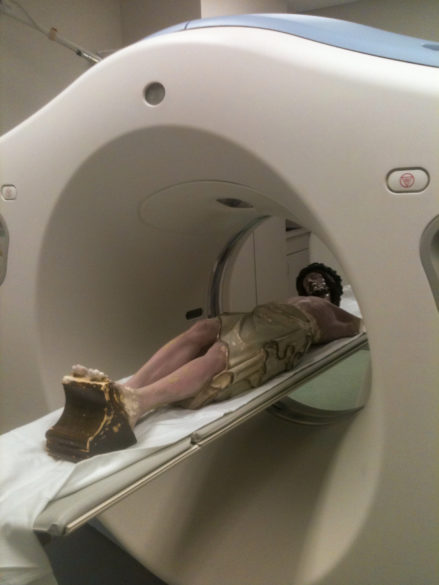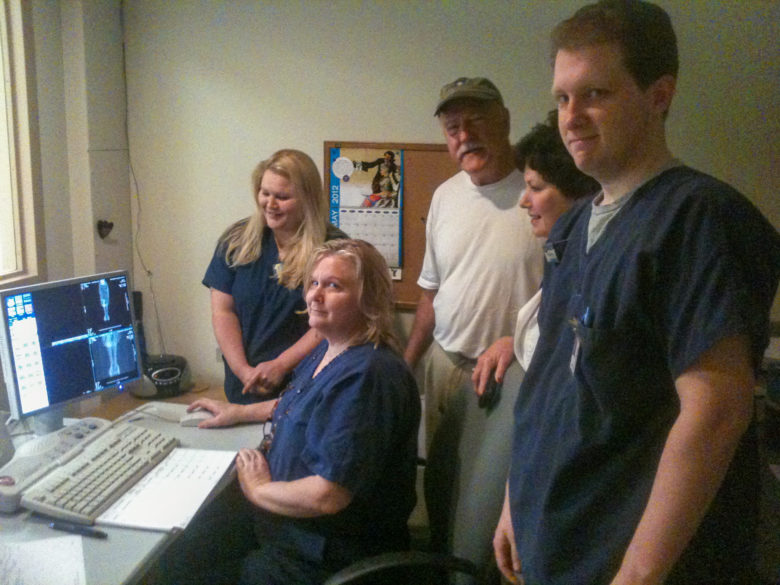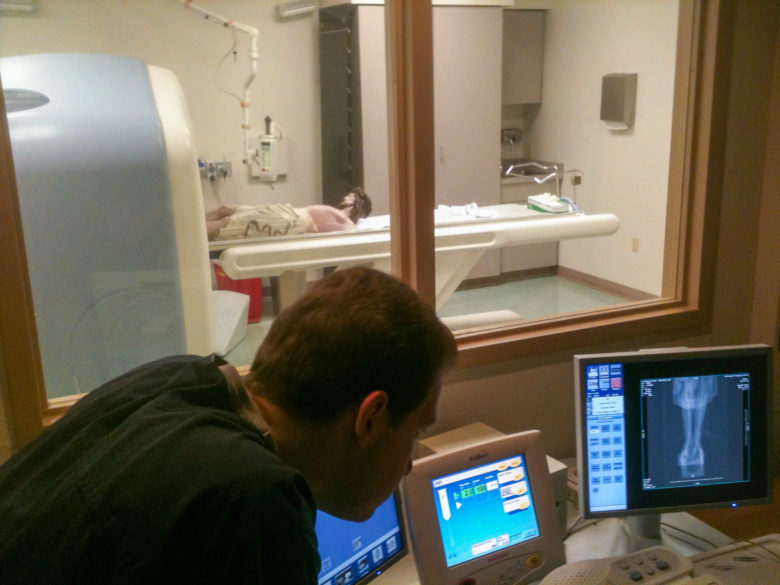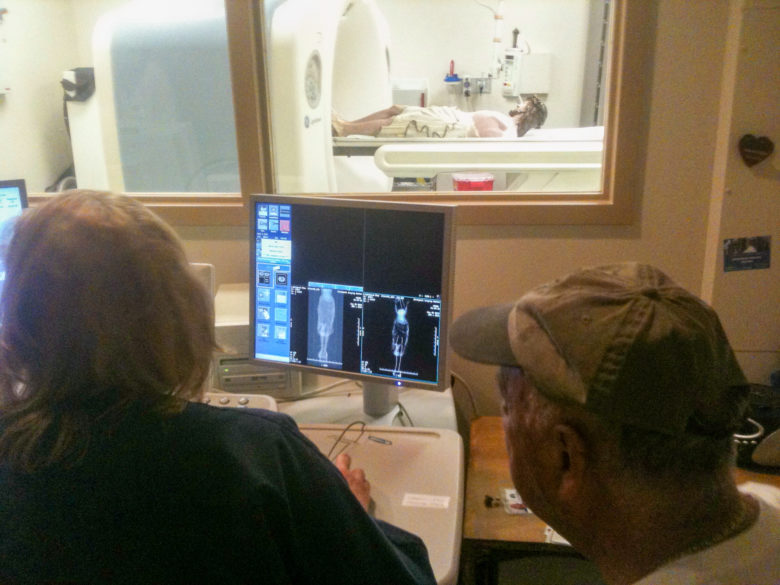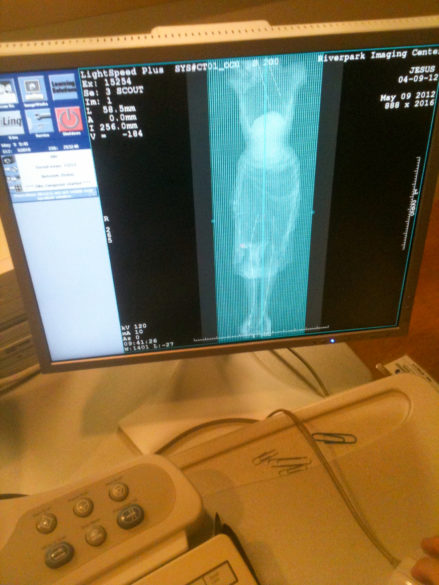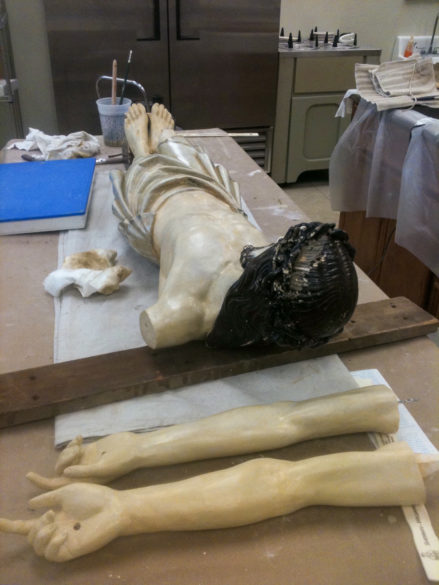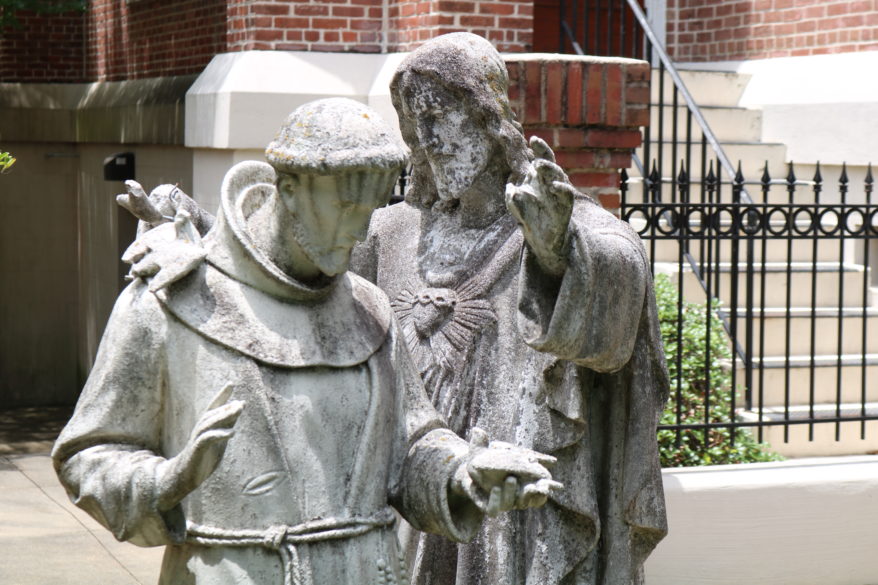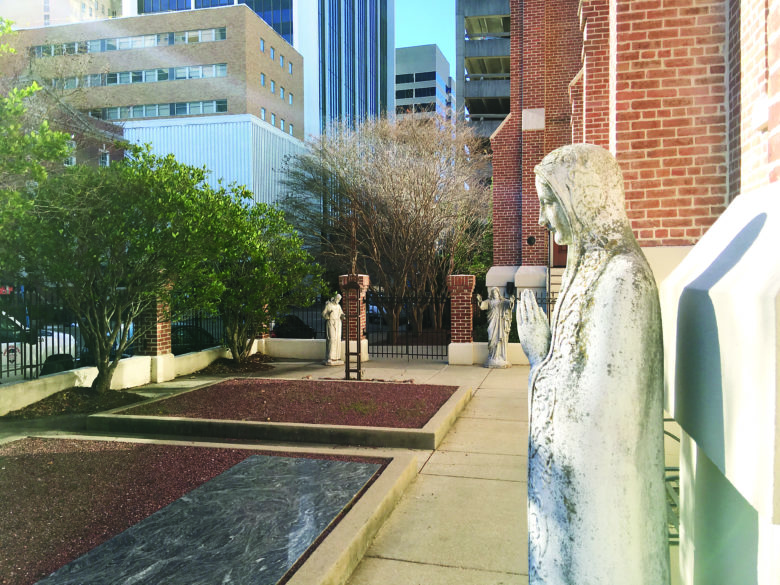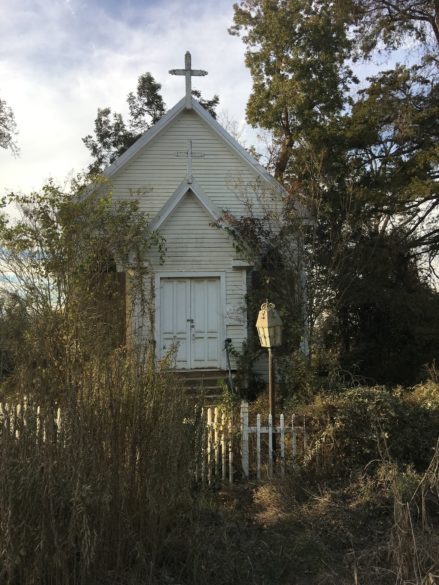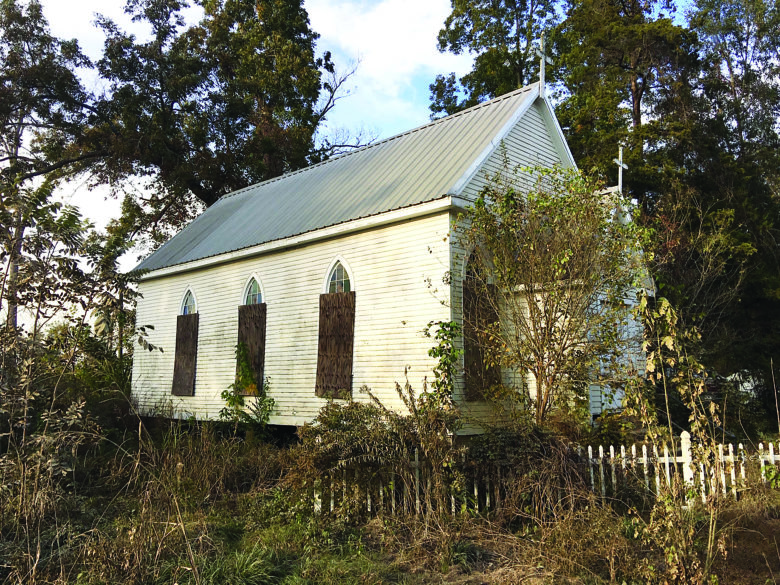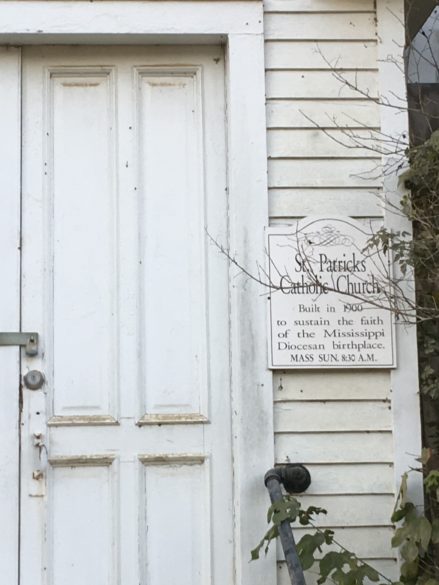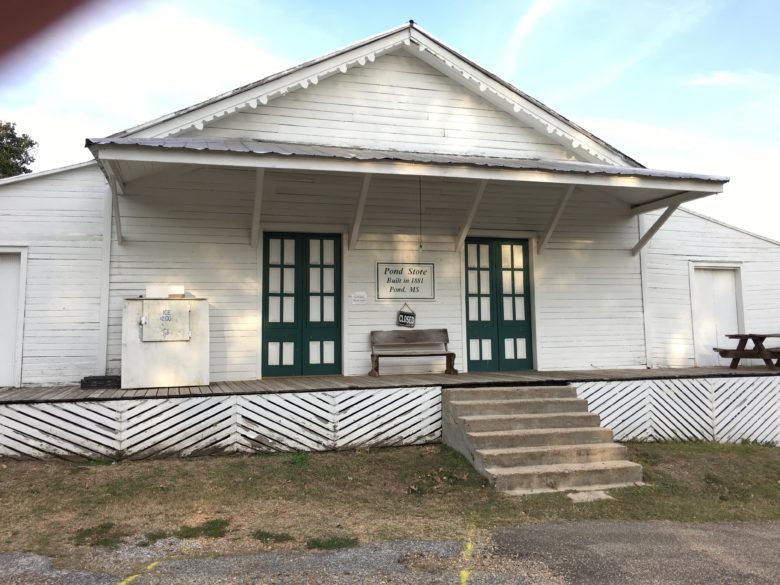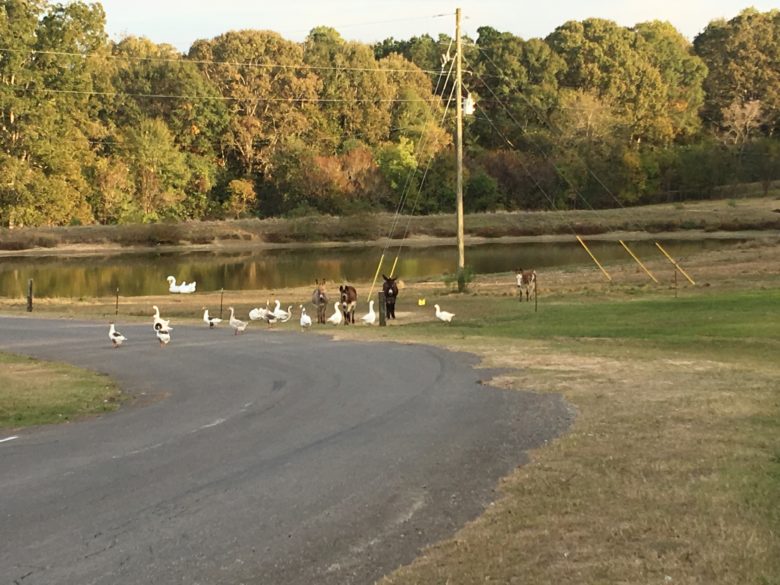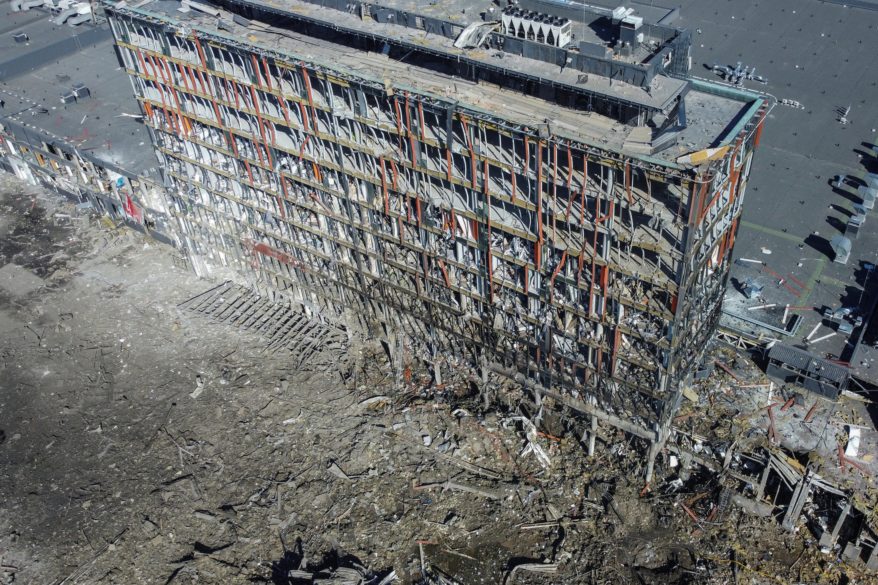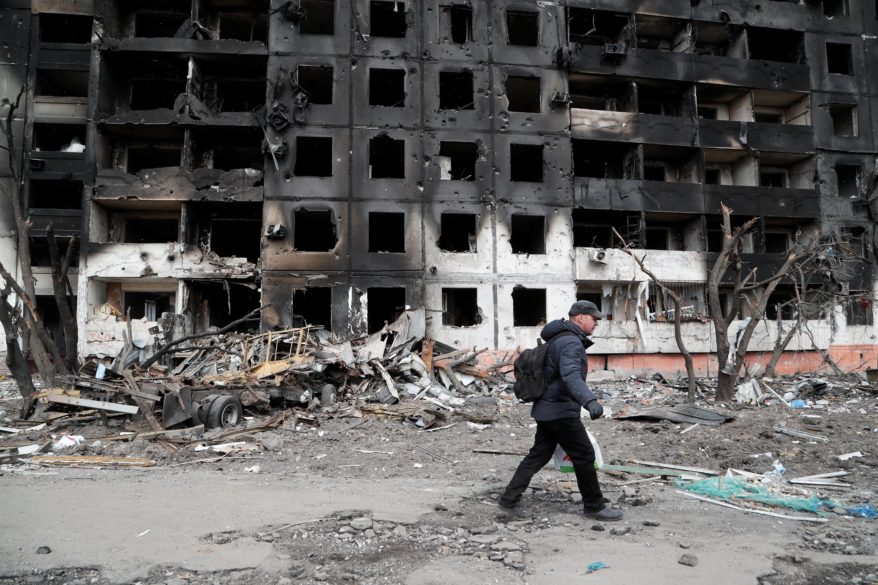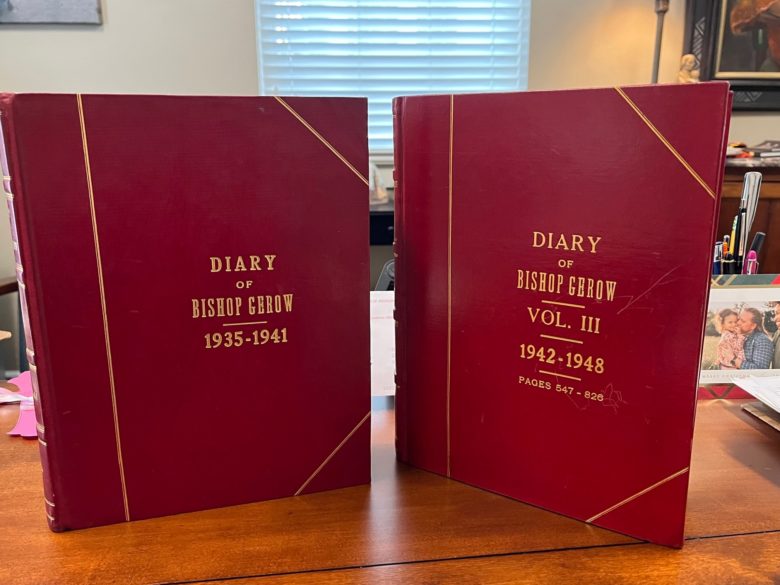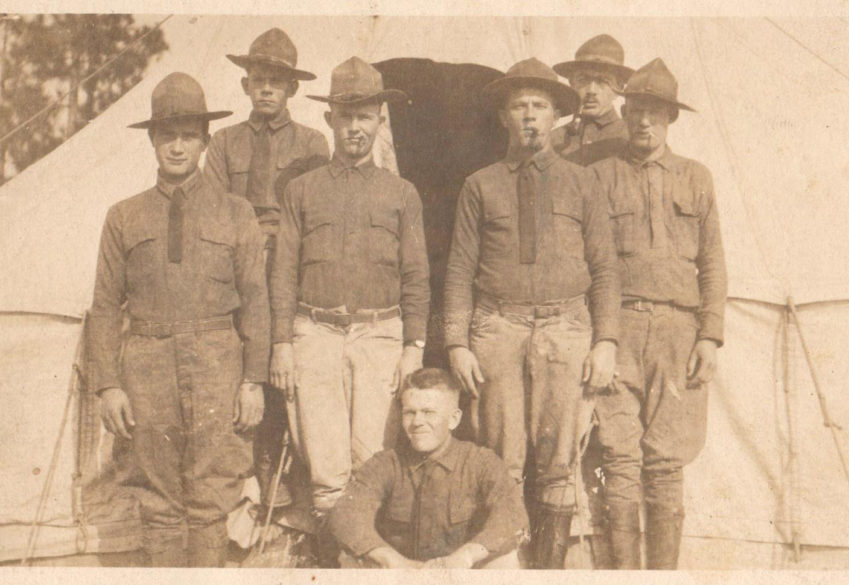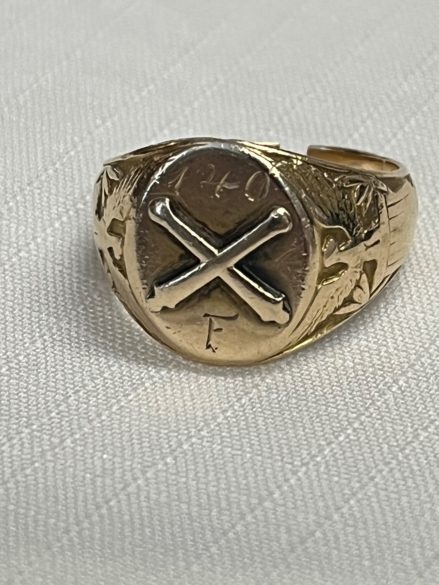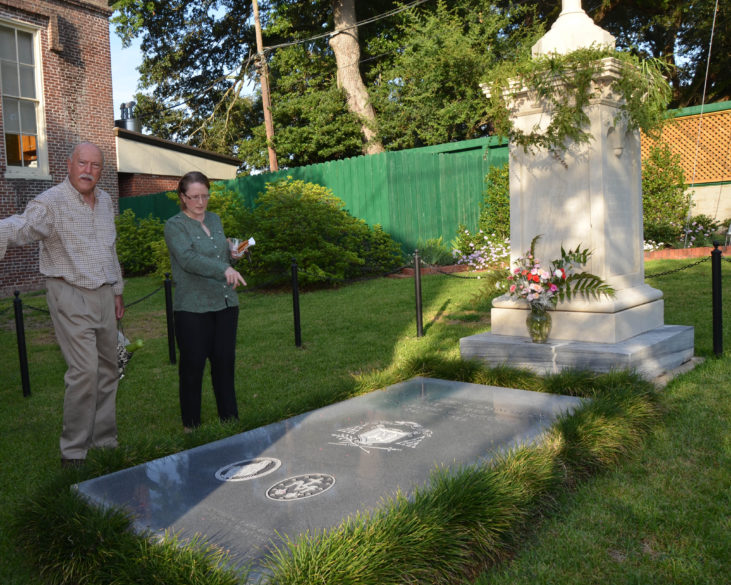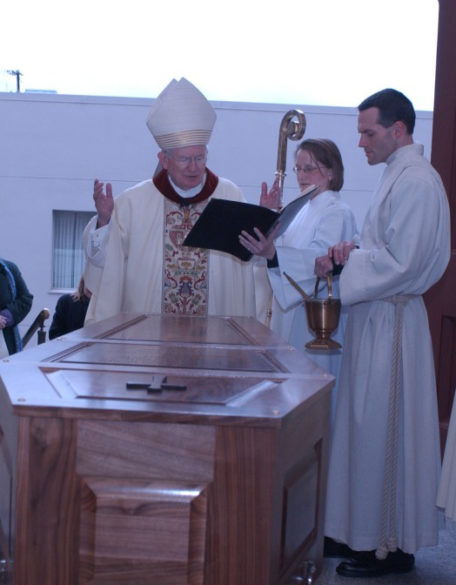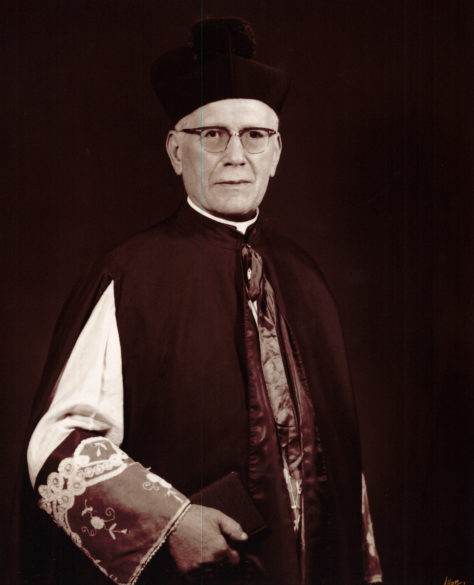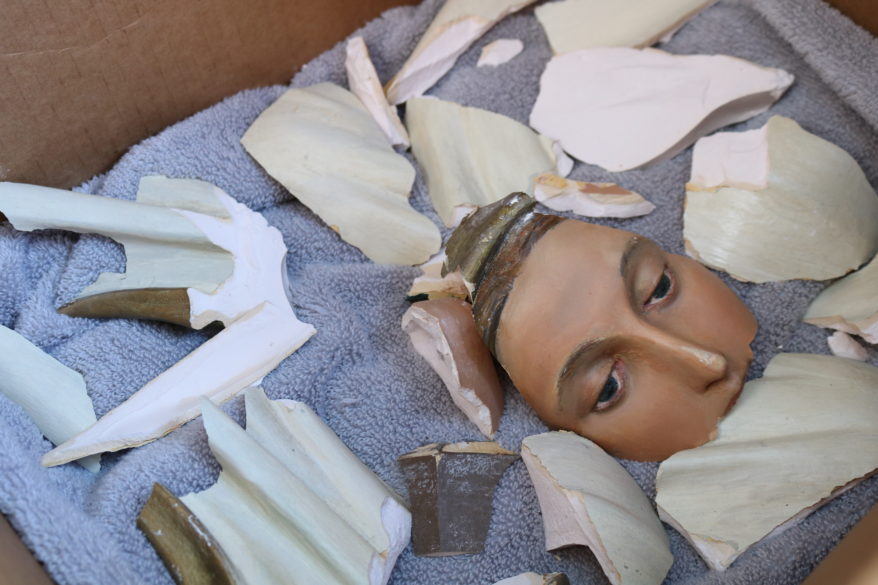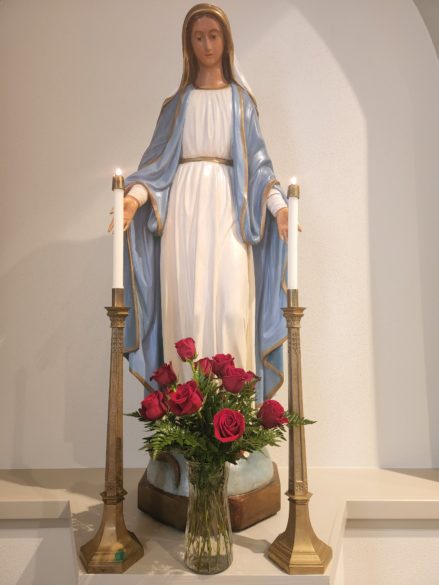
FROM THE ARCHIVES
By Mary Woodward
JACKSON – Some of you may recall the sad story of Greenwood Immaculate Heart of Mary Church being vandalized back in late January. During that unfortunate incident, the 100-year-old statue of the Immaculate Heart of Mary was damaged severely.
I chronicled this in an article about the statue’s journey to Jackson with me to be delivered to local artist and restorer, Eyd Kazery. Eyd and I both were hopeful he could use his artistry to replace the shattered face of the plaster-based image, but we both had a tinge of doubt as to the success of this endeavor.
Parishioners had expressed that they would rather have this image back patched together than replace it with a new one. Making it clear to them this process would take a long time, I was surprised to receive a call from Eyd in late May asking me to come see his progress. When I arrived at his workshop in rural Hinds County, I could not believe my eyes.
Eyd had completely restored the face that had been in pieces on the floor of the church when she was found. He also had repaired the deep stress cracks across the midsection of the bodice. It was no less than a miracle.
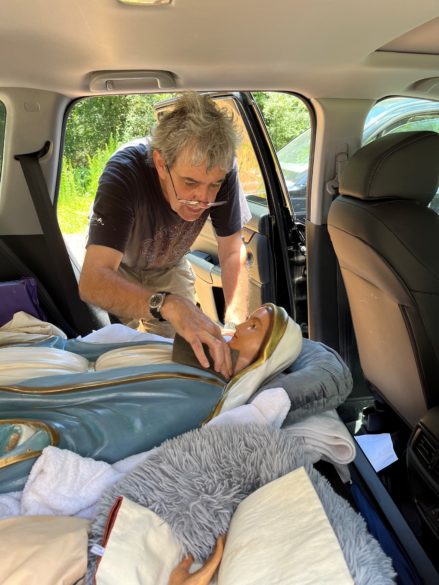
Eyd relayed to me how he had worked until late at night off and on for the past several months; and in the past two weeks he had worked every night. He had become entranced by his quest and stirred by the Blessed Mother.
Looking at his work, I could feel that same influence emanating from the image. As we stood there in the workshop in the summer heat, a heavenly warmth counteracted the sauna atmosphere in the workshop. We deliberated over the best way to return her to her Greenwood home. I contacted the parish mid-June and eventually we decided I would drive her back up to Greenwood to complete the circle of my journey with her.
On Friday, June 24, the Feast of the Sacred Heart, I headed back down to the workshop with most every blanket and quilt from my house, plus several stadium cushions representing two SEC Universities, two travel neck pillows and one cat bed offered by my 22-year-old Bella the Miracle Katrina Cat. The cat bed served as a lovely cushion for the Blessed Mother’s detachable hands.
Eyd and I carefully placed her on the pallet and secured her with the cushions of two college world series champions and a neck pillow beneath her restored head. After some parting photos with the restoring artist/miracle worker and his opus, the Blessed Mother and I set out for the Delta to complete our circle.
The drive to Greenwood is not a difficult one, in fact it is rather enjoyable. It is one of the entryways to the Delta, one of my favorite places on earth. The soul of America seems to resonate from the soil there.
As I pulled up to the back of IHM Church and opened the tailgate, out came Jerome Little and Sam Abraham, who had been inside preparing the pedestal for the statue’s return. Soon we were joined by Phil Ellis, who had happened to come by to check on church flower beds. They gently carried her up the ramp and into the church.
The pedestal built by Justin Nicholson wasn’t quite finished, so there were many photo opportunities beside the statue as she stood happily on the floor back in the sanctuary. It was a joy to see their exuberance in having the beloved image home.
After dropping her off, I headed a few blocks down to my oasis in the Delta and checked in for a quiet evening away from the thoughts of chancellor projects. At dinner, I paired a glass of Basil Hayden’s with a nice steak as a reward for finishing several weeks of intense coursework in records and information management, plus several other brain-taxing projects.
As I mulled over the day, it suddenly dawned on me that the beloved image had returned home just in time for her feast day the next morning. as the feast of the Immaculate Heart of Mary follows the Sacred Heart of Jesus.
(Mary Woodward is Chancellor and Archivist for the Diocese of Jackson.)

